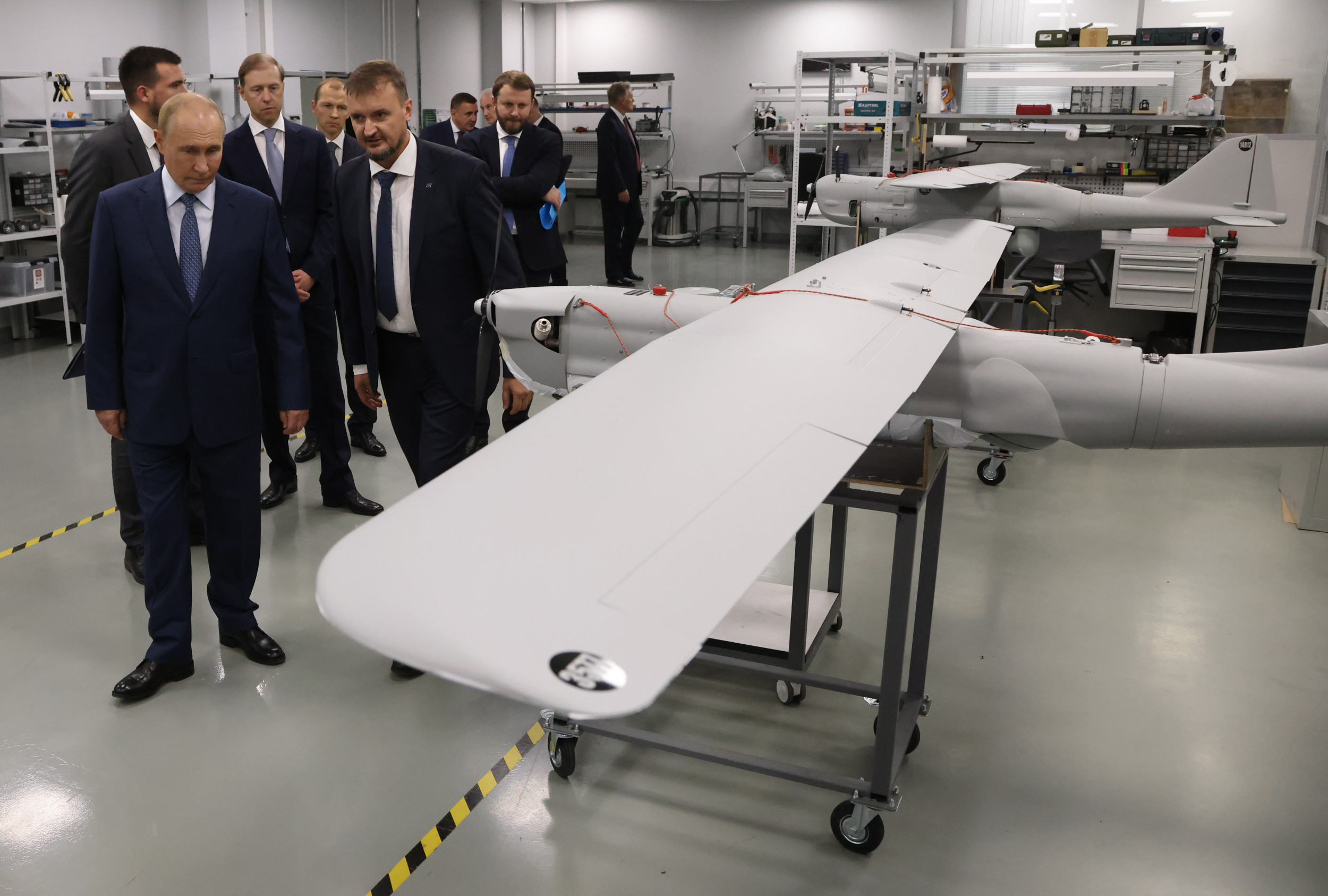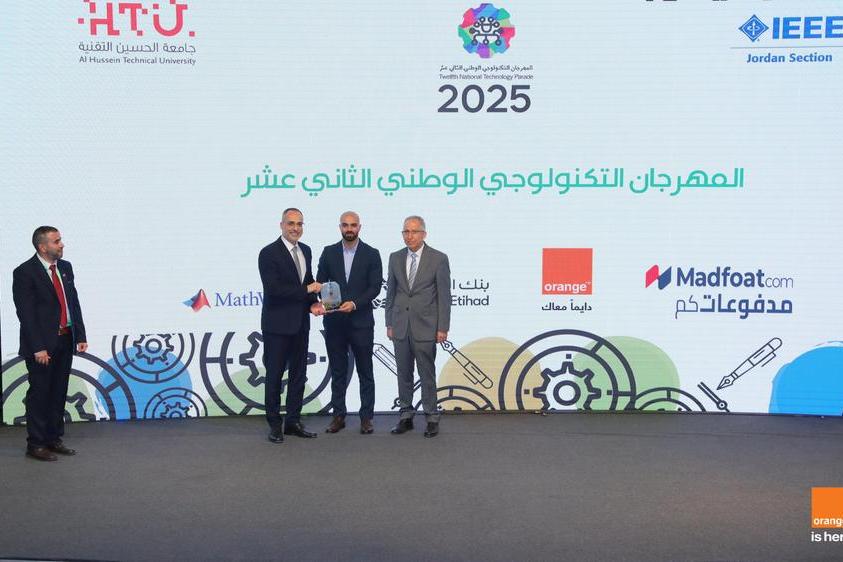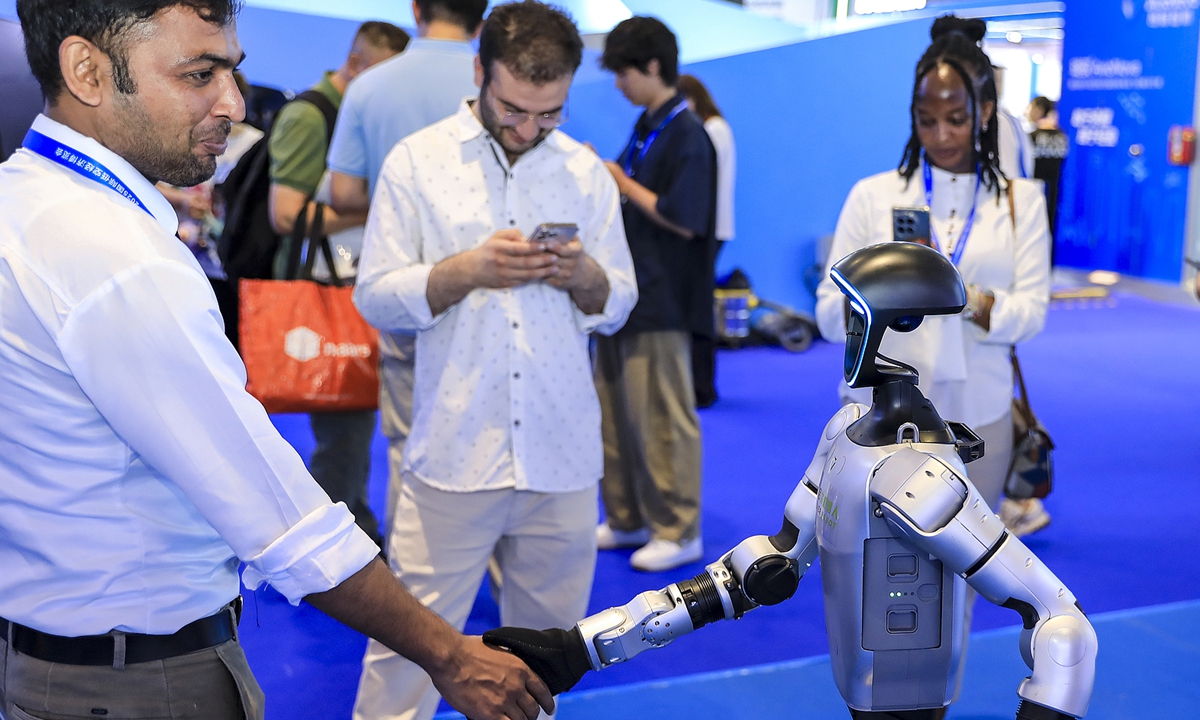Russian Drones Increasingly Relying on Chinese Components, Sparking Security Concerns

Russian Drones Increasingly Relying on Chinese Components, Sparking Security Concerns
Recent reports from Ukraine's Defence Intelligence (GUR) have revealed a concerning trend: Russian-made drones are increasingly incorporating components sourced from China. This reliance on Chinese technology has raised eyebrows and sparked debate about the extent of China's indirect support for Russia's military actions and the broader implications for European security.
According to the GUR, these drones, often used for reconnaissance and as decoys, are comprised of a significant proportion – almost entirely in some cases – of Chinese-made parts. The intelligence agency has released detailed data outlining the specific components and their origins, providing evidence of this growing dependency.
What's Being Found?
The identified Chinese components include various electronics, navigation systems, and even structural elements. While these parts are often dual-use (meaning they have both civilian and military applications), their integration into Russian drones raises questions about potential export controls and the circumvention of international sanctions.
The Implications of China's Role
The GUR's findings highlight a complex situation. While China officially maintains a neutral stance on the Russia-Ukraine conflict, this reliance on Chinese components suggests a degree of tacit support for Russia's war effort. The use of these drones in reconnaissance and as decoys allows Russia to gather intelligence and potentially mislead Ukrainian defenses, prolonging the conflict and increasing the risk of escalation.
Furthermore, this situation presents a challenge for European security. A greater reliance on Chinese technology by Russia could lead to vulnerabilities that could be exploited. It also raises concerns about the potential proliferation of these components to other actors, further destabilizing the region.
Beyond the Components: A Broader Trend
This isn't an isolated incident. There's a broader trend of Russia seeking components from countries willing to circumvent Western sanctions. China, with its vast manufacturing capabilities and complex trade networks, has become a key source for these materials. This underscores the need for increased vigilance and stronger international cooperation to prevent the flow of dual-use technology to sanctioned entities.
What's Next?
The revelations about Chinese components in Russian drones are likely to intensify scrutiny of China's role in the conflict and its adherence to international norms. Expect further investigations into supply chains and increased pressure on Chinese companies to ensure compliance with export regulations. Ultimately, addressing this challenge will require a coordinated effort involving governments, businesses, and international organizations to safeguard European security and uphold the principles of international law.






